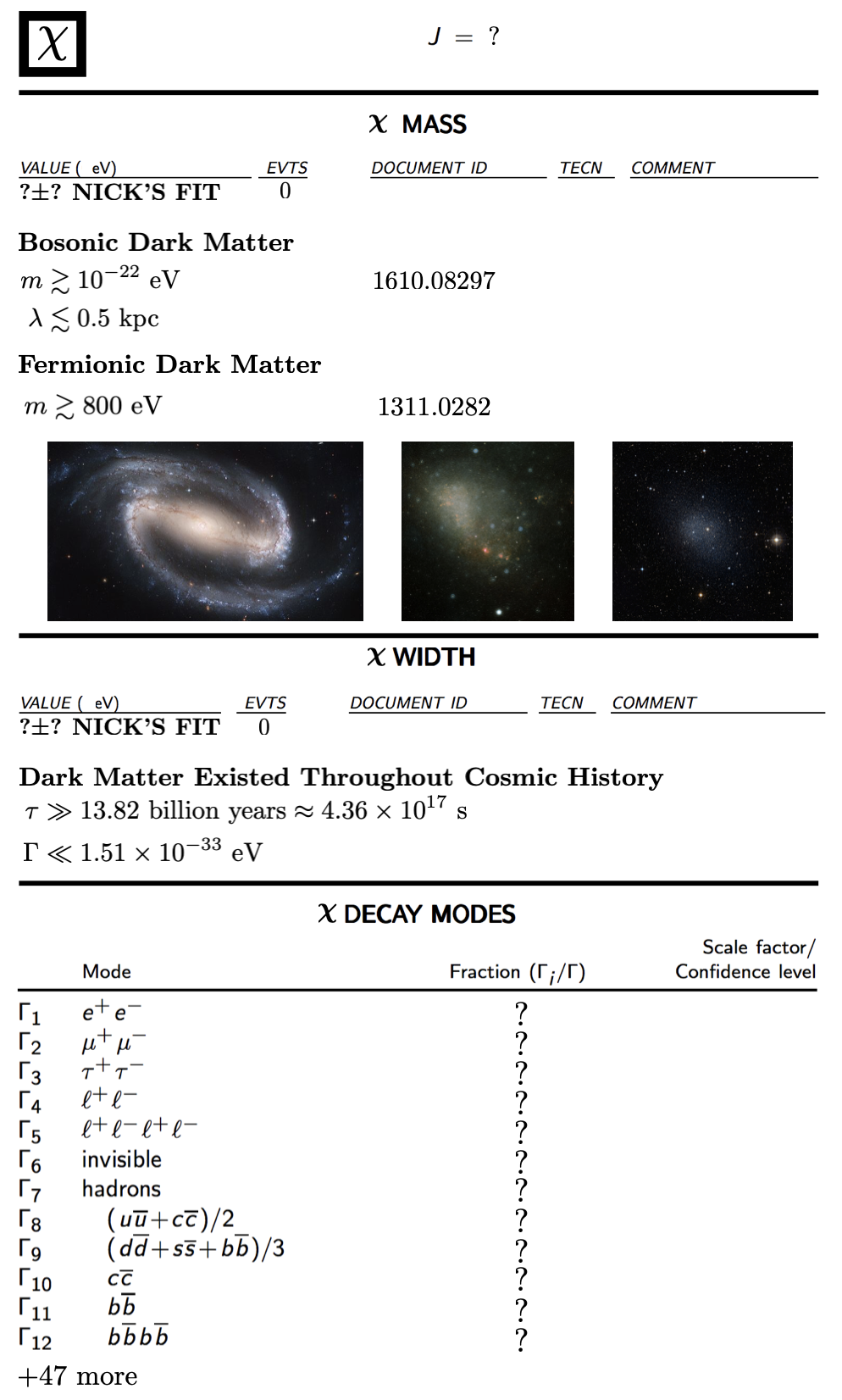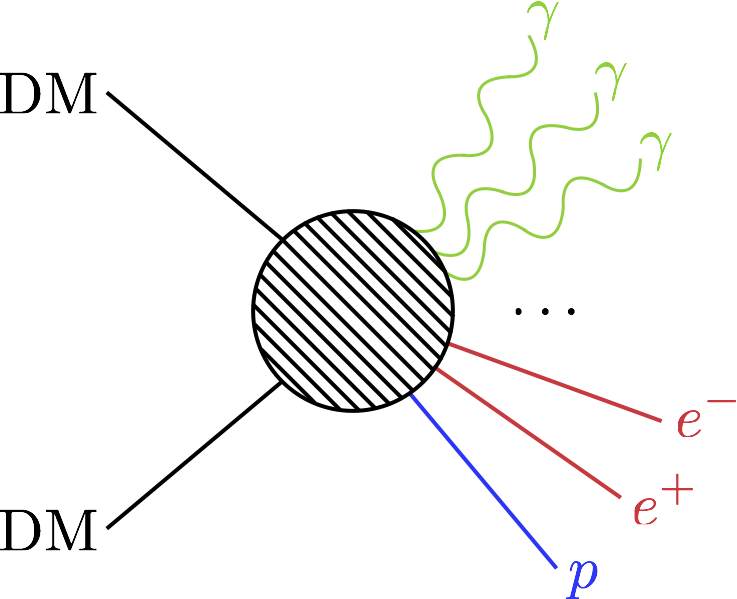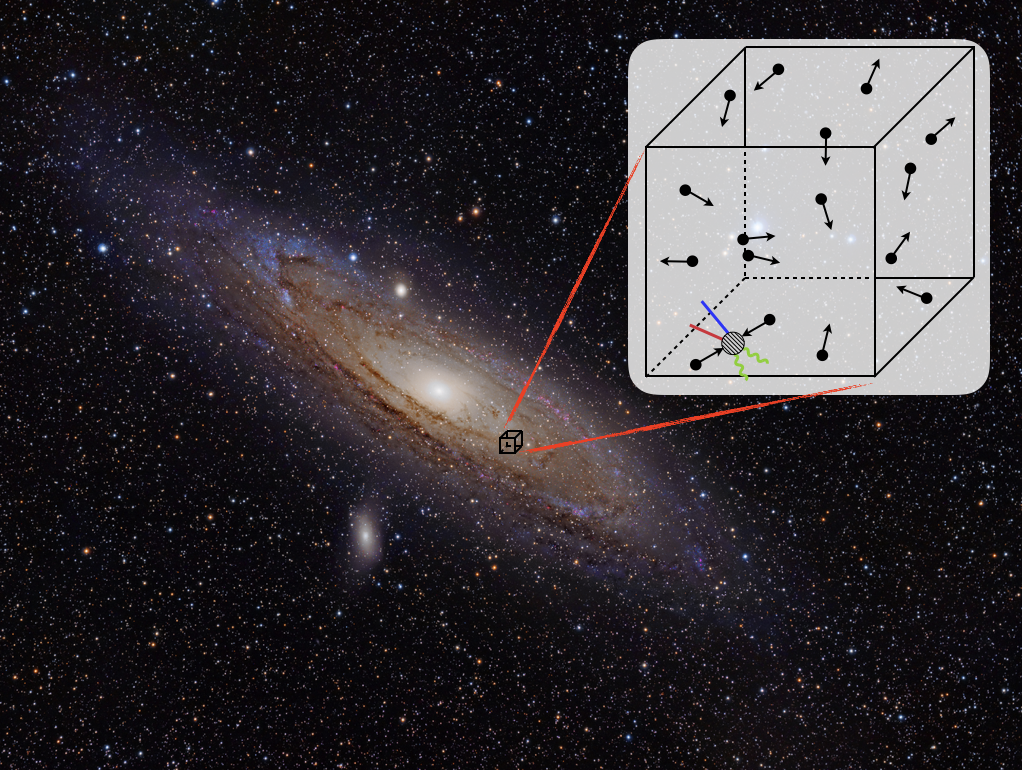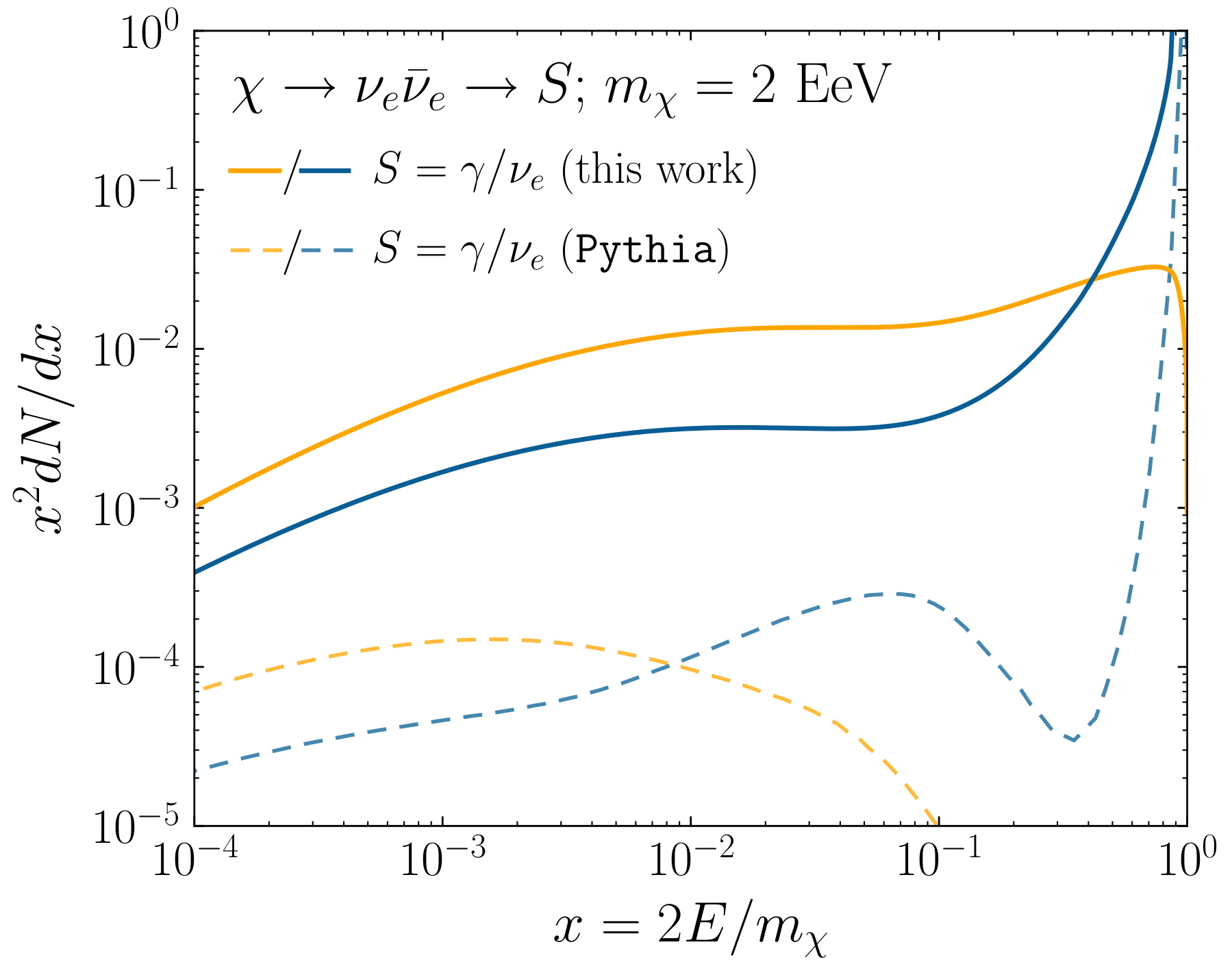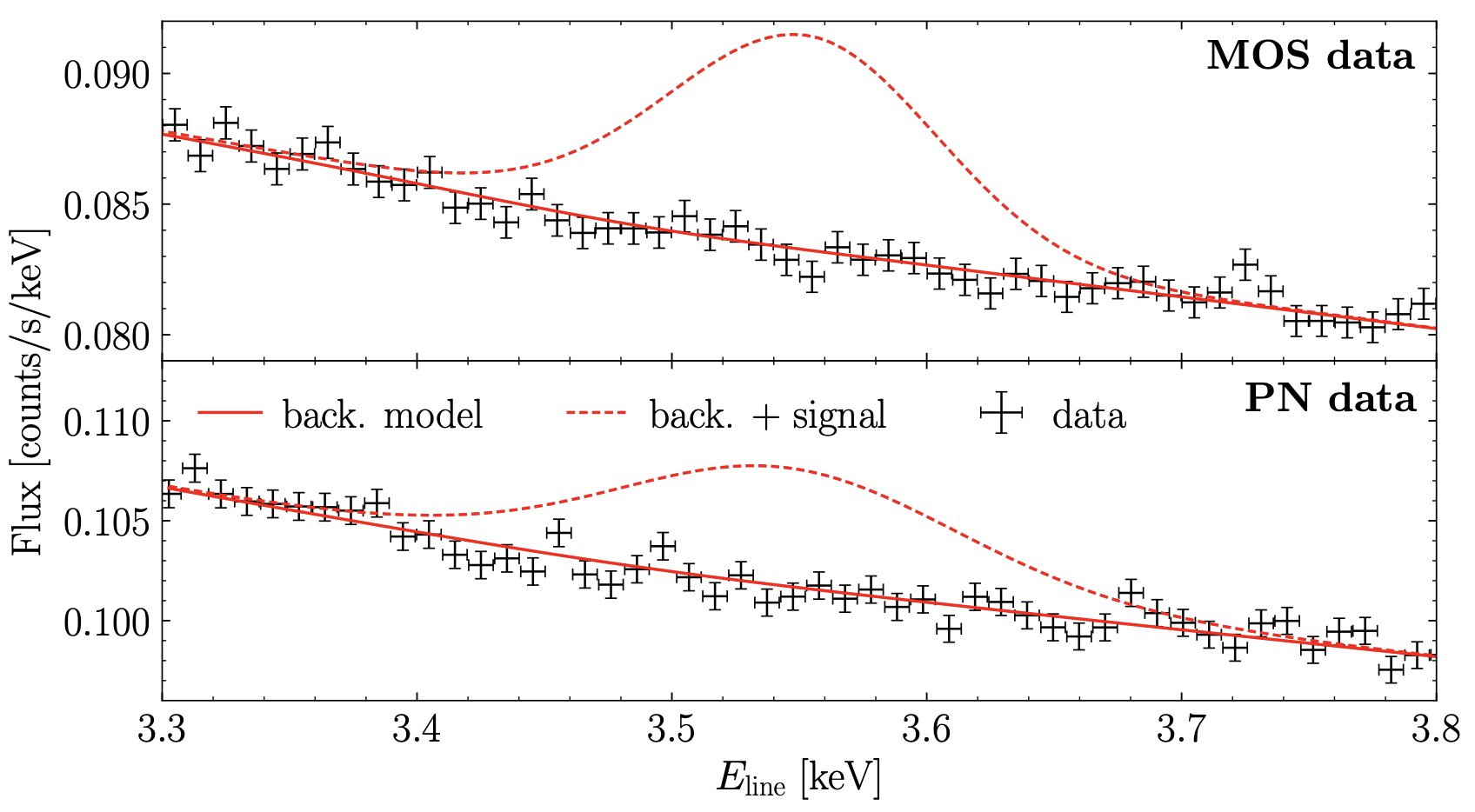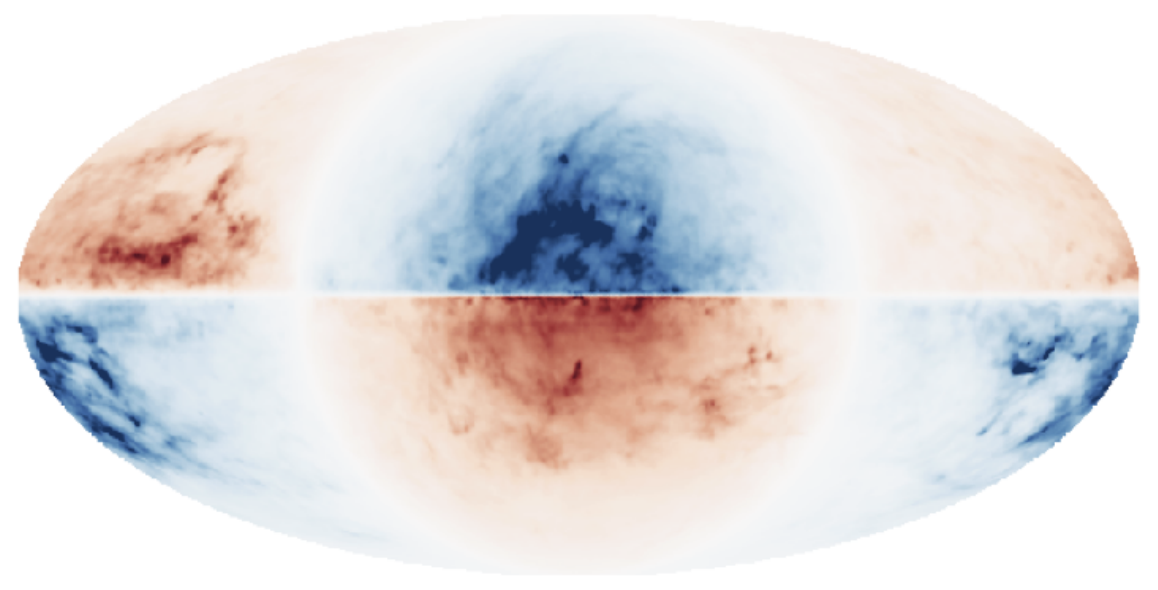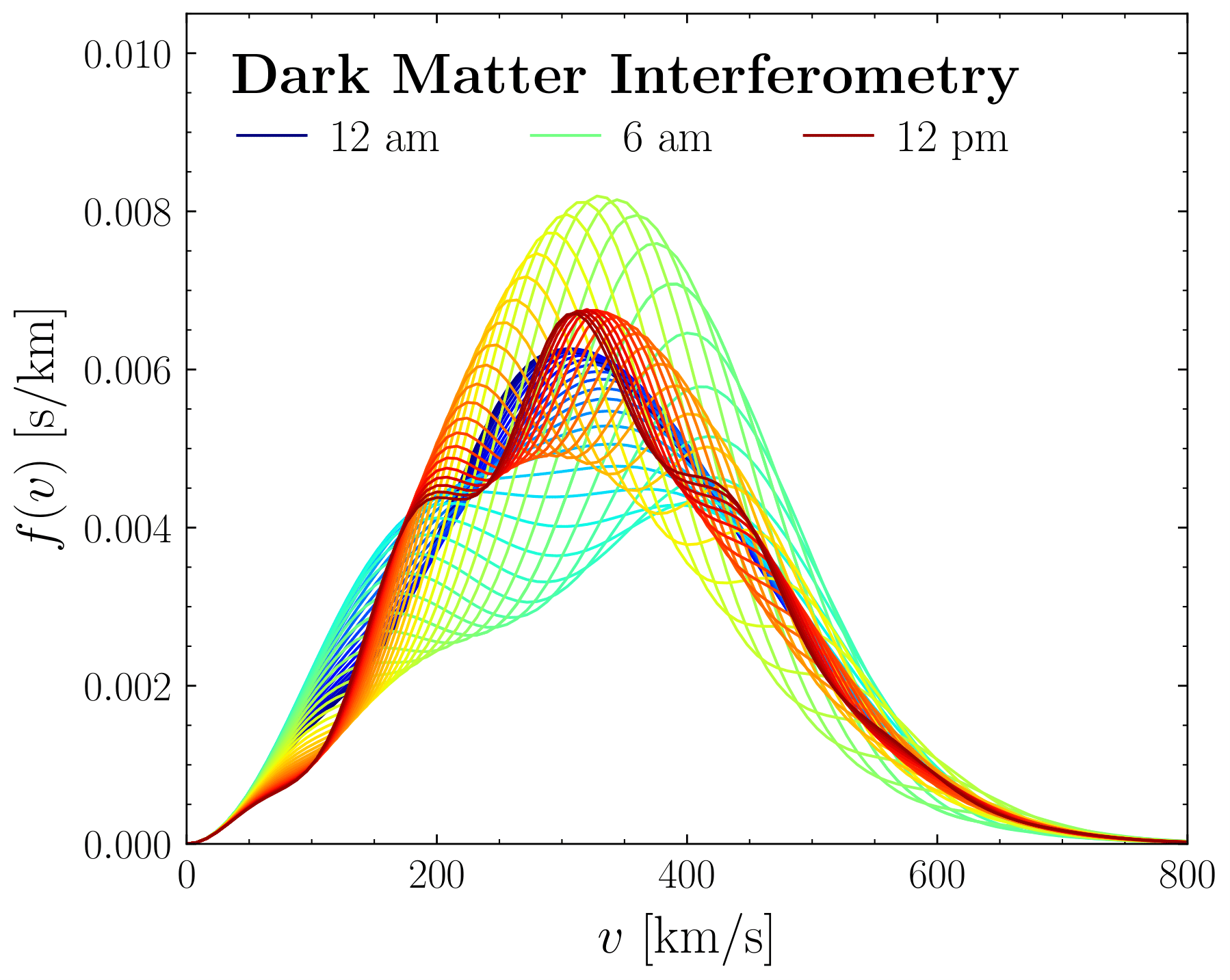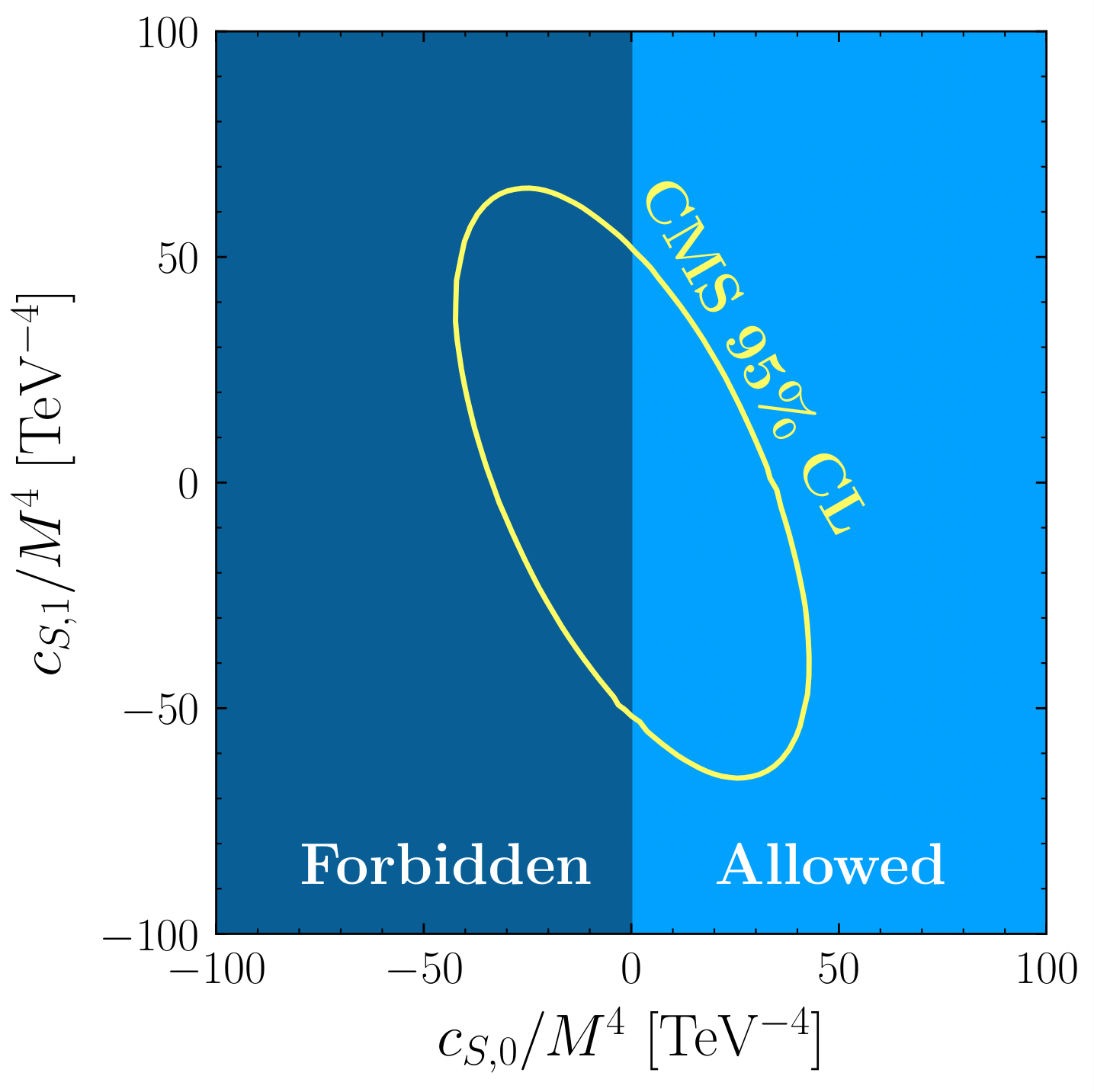Dark Matter
From rotation curves to the cosmic microwave background, the evidence that dark matter constitutes 84% of the matter in the universe is overwhelming. All that remains is to figure out what exactly that form of matter is. As a particle physicist I have the arrogance to believe dark matter must just be a new, as of yet undiscovered, fundamental particle. While it may feel like a leap to posit that measurements made at galactic and cosmological scales demand the existence of a new particle, keep in mind that the atomic hypothesis has proven a successful paradigm for all other forms of matter.
In spite of my confidence, we have never conclusively observed a non-gravitational interaction of dark matter. The current situation is summarised in the mock pdg dark matter entry to the right. There are more question marks than we might like for 84% of the matter in the universe. Indeed, one viewpoint is that the situation is an embarrassment to a field striving to understand the universe. Yet I see it differently, the most exciting discoveries related to dark matter lie ahead of us, discoveries my research strives to uncover.
Indirect Detection
I approach the challenge of dark matter through the lens of indirect detection. We know dark matter is distributed throughout the universe. If this substance is in fact made of particles, then it may be undergoing processes we attribute to the known particles; it could be decaying like the neutron, or annihilating as when an electron and positron meet. In such a scenario the decay or annihilation can create additional photons, neutrinos, or other particles, for us to search for in the astrophysical datasets collected by telescopes.
In order to detect dark matter via indirect detection, we need to answer the two questions posed in the images below. Firstly, as on the left, we need to determine the particle physics of the annihilation or decay. Secondly, as on the right, we need to determine where these processes are occurring so we know where to point our telescopes. Much of my research focusses on answering these questions.
